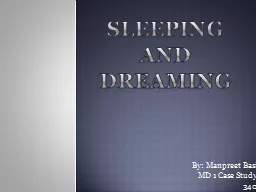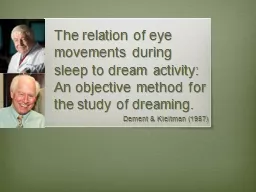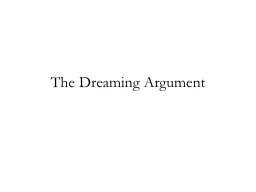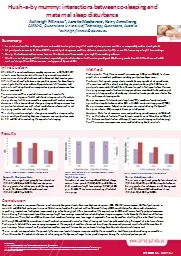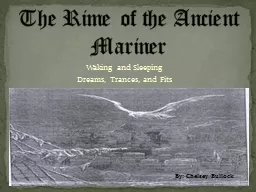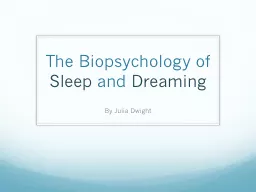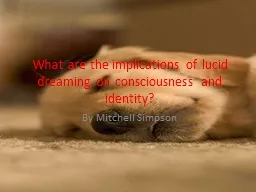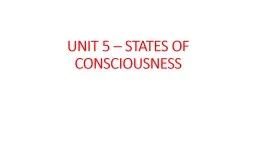PPT-Sleeping and Dreaming
Author : lindy-dunigan | Published Date : 2016-08-10
By Manpreet Basi MD 1 Case Study 340 Electroencephalogram EEG Electrodes placed on the scalp to provide a gross record of the electrical activity of the brain Scientists
Presentation Embed Code
Download Presentation
Download Presentation The PPT/PDF document "Sleeping and Dreaming" is the property of its rightful owner. Permission is granted to download and print the materials on this website for personal, non-commercial use only, and to display it on your personal computer provided you do not modify the materials and that you retain all copyright notices contained in the materials. By downloading content from our website, you accept the terms of this agreement.
Sleeping and Dreaming: Transcript
Download Rules Of Document
"Sleeping and Dreaming"The content belongs to its owner. You may download and print it for personal use, without modification, and keep all copyright notices. By downloading, you agree to these terms.
Related Documents

